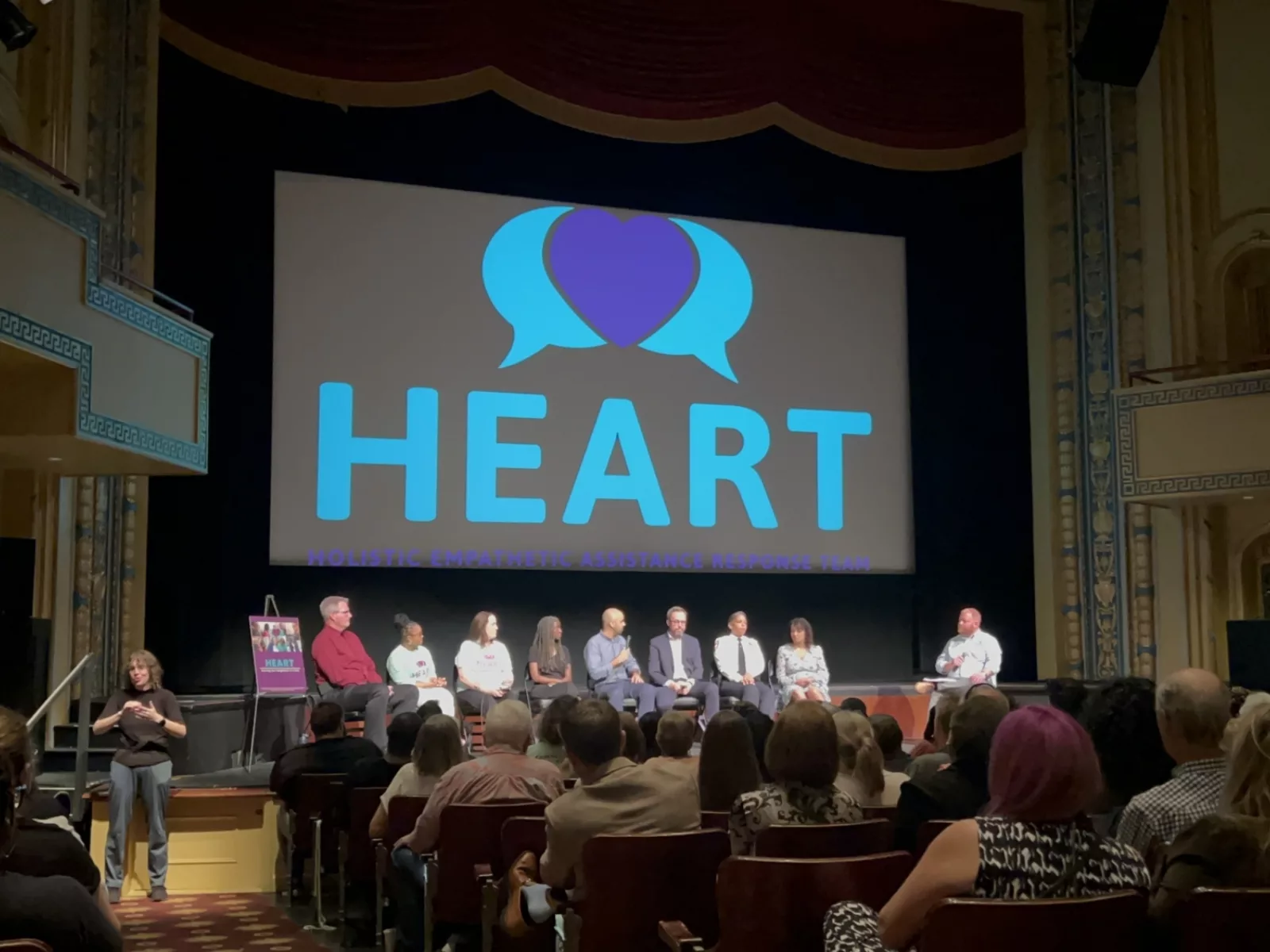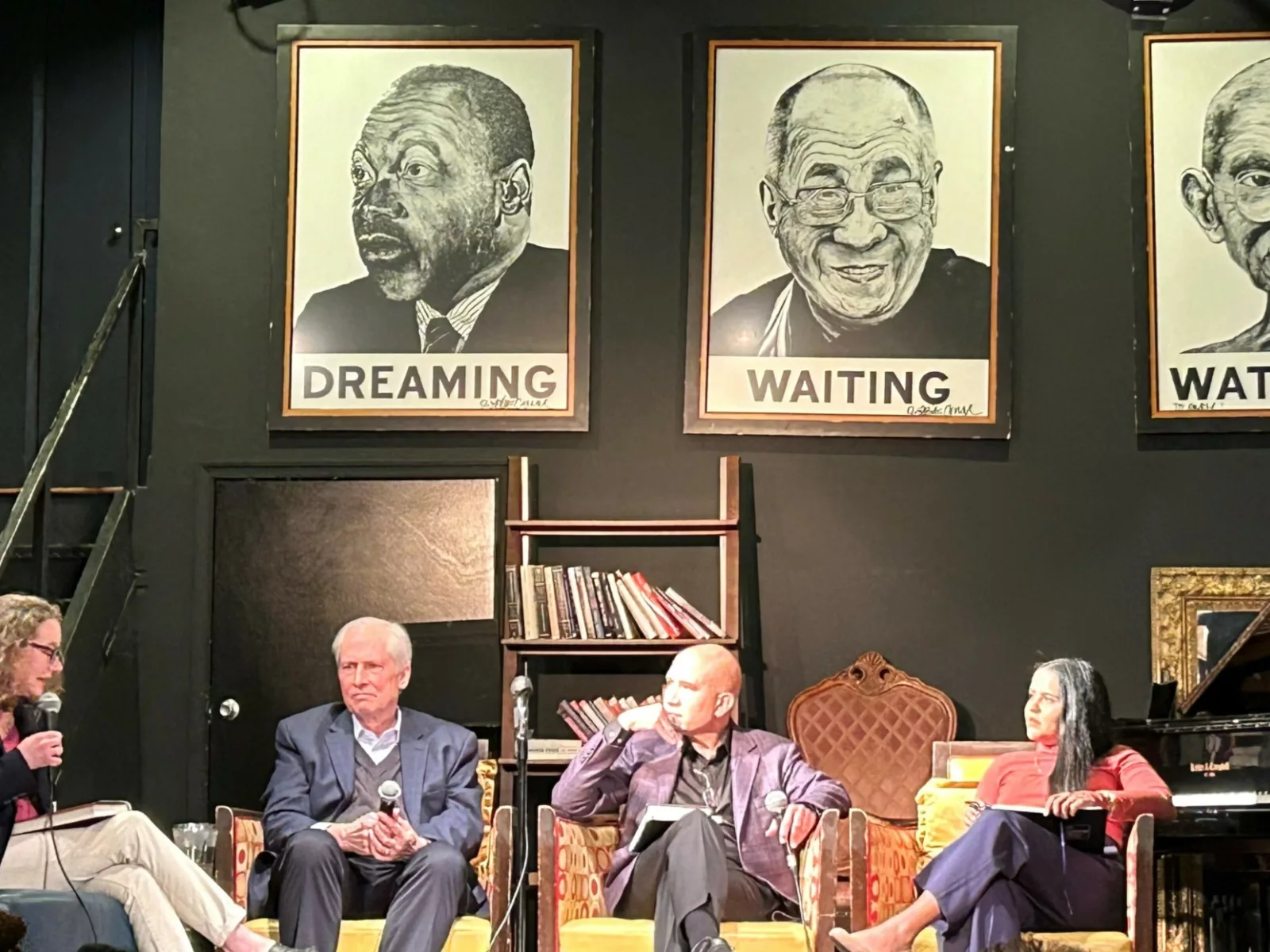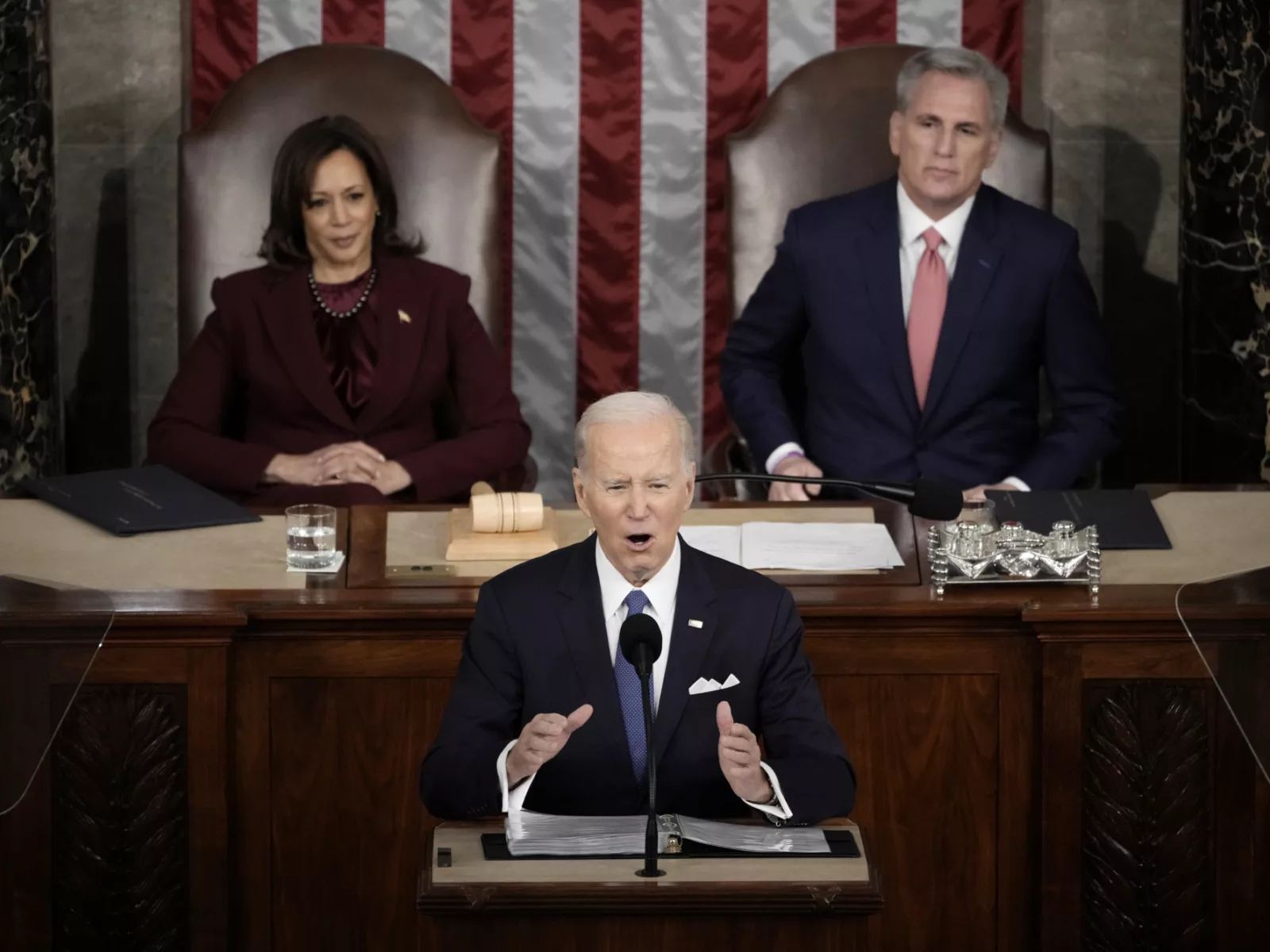Recently, the Social Science Research Council (SSRC), with support from Arnold Ventures (AV), launched the Criminal Justice Innovation (CJI) Fellowship program, which supports early-career researchers who are exploring what works to make communities safer and the criminal justice system fairer and more effective.
In part four of a new series profiling the CJI fellows, AV spoke with Michael Topper, a PhD candidate in the economics department of the University of California, Santa Barbara who researches the economics of crime with a focus on how policing affects public health outcomes.
Michael Topper: Police Retention, Use of Force, and Technology
Topper was drawn to researching crime by the conviction that while the public needs an effective police force, policing as a profession can always be improved. “It’s clear that police departments have certain problems,” he says. “But we still need police for protection, especially in communities of color that are most at risk of violent crime. We just need them to do their everyday jobs in ways that are respectful and treat everyone as equal.”
One of Topper’s areas of interest is the effects of ShotSpotter, a technology that places sensors around a community, allowing police departments to detect and respond to gunshots in real time. Topper conducted a study of the rollout of ShotSpotter in Chicago, asking what the consequences might be if officers’ scarce time is allocated to responding to ShotSpotter activations rather than 911 calls for service. Concerningly, he found that officers were dispatched to 911 calls for service more slowly, arrived on-scene later, and consequently, made arrests less often when ShotSpotter technology was deployed.
“We can’t really say for certain from this study whether or not ShotSpotter is a helpful technology,” Topper says. “What we can say, however, is that in a department like Chicago’s, where officers are very resource-constrained, there’s going to be a very large trade off when gunshots are detected.” He adds that the findings suggest that departments should carefully evaluate their resources prior to implementing such technologies.
We’re in a new age where we have all this amazing data that nobody has ever seen before, we can use this data as a tool to improve everyone’s lives.Michael Topper PhD candidate in the economics department of the University of California, Santa Barbara
As part of the new SSRC fellowship, Topper plans to continue researching policing, especially as it relates to police officer retention. That includes how departments are attempting to hire officers, as well as the specific question of how police-involved killings might influence the type of applicants departments receive. Topper also wants to study the impacts on police behavior when departments change their shift durations from eight hours to 12 hours, especially questioning whether it changes the speed with which officers use force.
Finally, Topper aims to dig deeper into questions around the accuracy of ShotSpotter technology. There is no independent study of how reliably it detects gunfire, and Topper, along with several coauthors, wants to pair data from departments about when officers have fired their gun to see how well it matches with ShotSpotter activations.
Answering such research questions is highly important, Topper says. Producing good research about policing helps policymakers and departments make better, more effective decisions about how to reduce crime and serve at-risk communities. “We’re in a new age where we have all this amazing data that nobody has ever seen before,” he says. “We can use this data as a tool to improve everyone’s lives.”





















